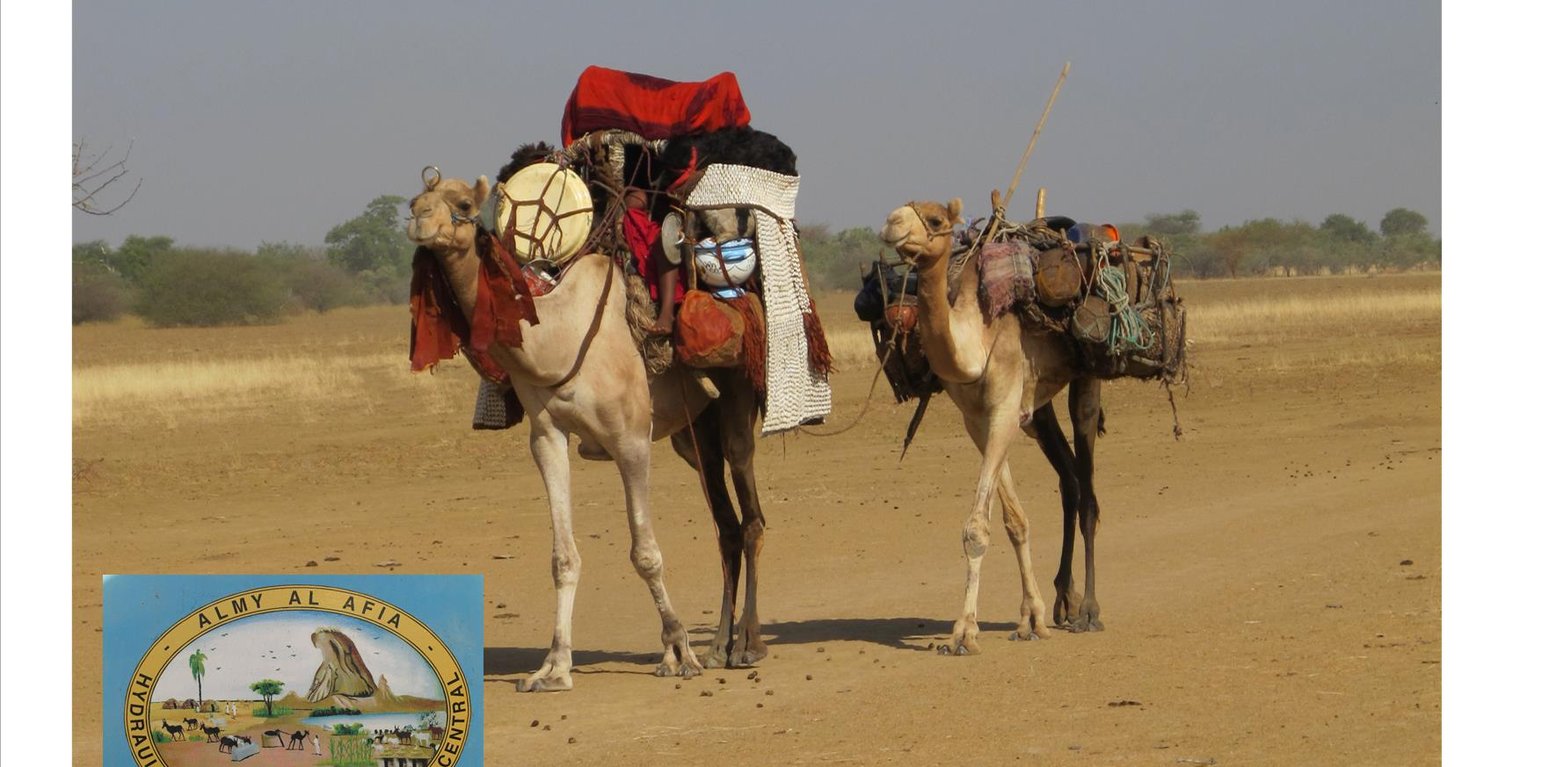



Livestock keeping is one of the main economic resources in Chad (in support of 40% of the population and 18% of the GDP, Ministry of Livestock, General census). Pastoralism in the country is based on the mobility of herds in a context of irregular precipitation and variable forage resources in time and space, and benefits from complementary relationships between the different ecological zones. In Chad, herds are taken in regular movements with the seasons between the Sahelian and the Sudanese grazing areas. The former are nutritious but limited in quantity, while the latter are more abundant but of lower quality, and not accessible until the fields are cleared after the harvest (meta-evaluation of projects on pastoral water sources, IIED, 2013). Thus, pastoral livestock keeping is founded on mobility and rangeland management, and on building complementary relationships and trade around farming systems and cultivated areas. The pastoralist systems are economically competitive (limited use of food inputs), and occur in marginal land which is characterized by conflicts, riots and a high level of insecurity (Conference of N'Djamena: 'Pastoral livestock keeping: a sustainable contribution to development and security in Saharan and Sahelian regions'). In the pastoral zone of Chad, where access to water is limited, the management and control of water sources by a social group in practice also leads to the monitoring and control of the use of grazing land which becomes available when water is present.
The project Almy Al Afia (2004-2016), developed by a partnership between the AFD and the Ministry of Water of Chad, operated in two regions of central Chad. The project Almy Al Afia was based on an entry 'development', concurrently with a process to consult and involve joint agencies. The project has improved approaches of preceding initiatives: concerted action and identification of water sources derived from the dialogue between users and authorities, and development of the local management of infrastructures and rangeland. The latter counteracts an exclusively private management or, instead, an ineffective public management which promotes free access to water sources and grazing land.
The project has enabled to address the following points:
1. Support mobility in pastoralism by enhancing the access to water (rehabilitation and construction of 160 wells; digging of 31 ponds for pastoral use);
2. Maintain or build processes of consultation and restoring security (joint committees for consultation and prevention of conflicts during transhumance);
3. Promote the proper use of water supply structures, in time and space (rehabilitated and new wells, excavated ponds) by context-specific management (strengthening of traditional management systems) and encourage the maintenance of infrastructure.
The pastoral ponds should be constructed in locations of existing water sources (natural ponds in suitable places, i.e. with a clayey soil capable to retain water). The existing water source is enlarged and improved by rural engineering (enlargement of the surface, deepening).
The wells are rehabilitated. Most wells were constructed several decades ago and are severely damaged. The water supply structures all have different and complementary functions. The deep wells in the pastoral zone are generally used throughout the year, and are overexploited. The way in which these structures are managed is strongly anchored in the region. The District officer delegates the management to 'Heads of Wells'. These old wells, which are used day and night, are often in a poor condition. Rehabilitating degraded wells is given priority over digging new wells because of the substantial potential for conflict. The water supply structures in areas of dry forest are less old and smaller in number. These wells are less frequently used and function as an alternative water source when the traditional ponds, water reservoirs and wells have dried up. They allow to delay the movement of the herds towards grazing areas in the Sahelian zone.
The strip between these two zones is used for agropastoralism. Herds cannot remain there. Therefore the project has facilitated the movement of the herds to the zones further south. The pastoral ponds close to the livestock routes for the transhumance were created in a way to be easily used by the herders, but also to encourage short stays.
The approach was combined with consultation through joint committees for the prevention of conflicts, and at a later stage by marking of sections of the livestock routes for the transhumance. Many meetings were held with the users of the land management structures and policy makers, with the aim to identify and negotiate the target sites and to anticipate methods for the management and maintenance of the structures. This has enabled to maintain an atmosphere of social stability conducive to cooperation. Along almost 550 km of the livestock routes for the transhumance, sections were marked ('mourhals' in Chadian Arabic). The demarcation was not intended to enclose the herds in the livestock corridors (from which they can move freely outside the growing seasons for agricultural crops), but rather to implement the results of the consultations on the land use on the ground. The committees for the prevention of conflicts, which were supported by the project, also played a major role.
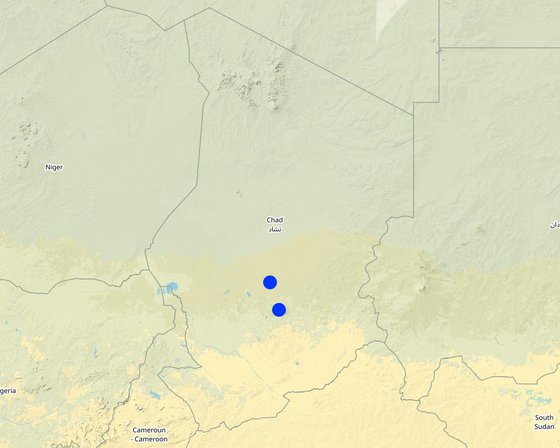
Местоположение: Although the sites where the technology was applied are at the local scale, the project has considered pastoralism and the relationships between the two regions at the broader landscape scale., Regions of Batha and of Guéra, Чад
Число исследованных участков, где применяется Технология: 100-1000 участков
Пространственное распространение Технологии: равномерно-однородное применение на определенной площади (approx. 10-100 км2)
На постоянно охраняемой территории?:
Продолжительность применения Технологии: 2018
Тип внедрения/ применения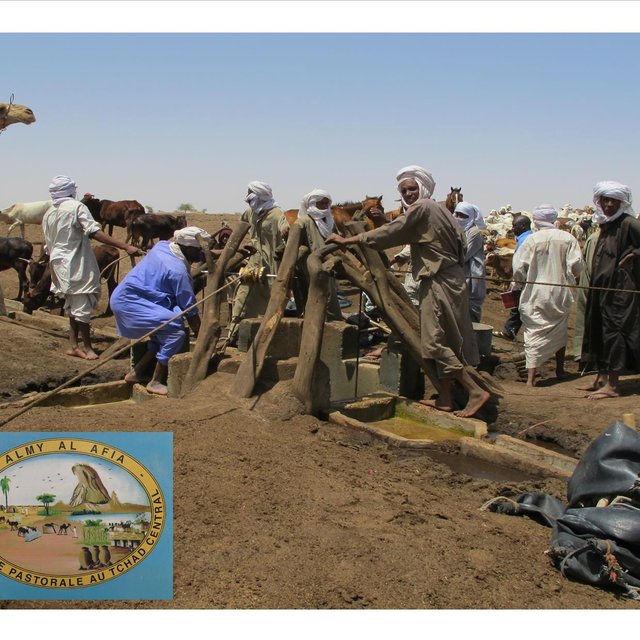
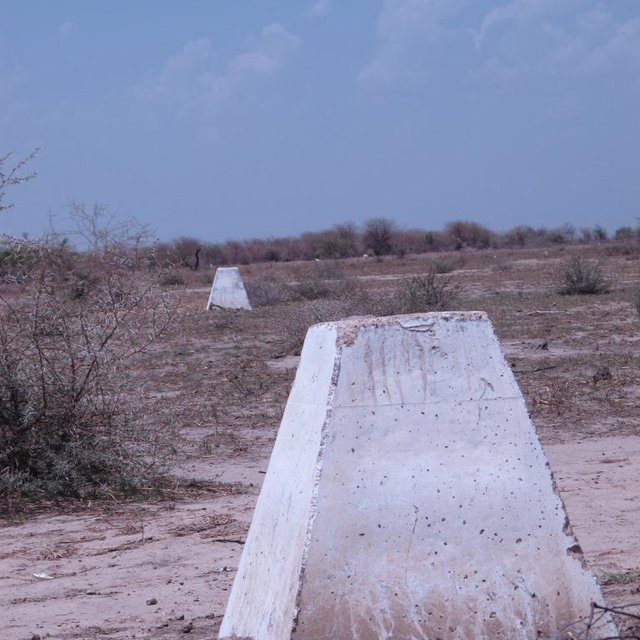


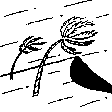





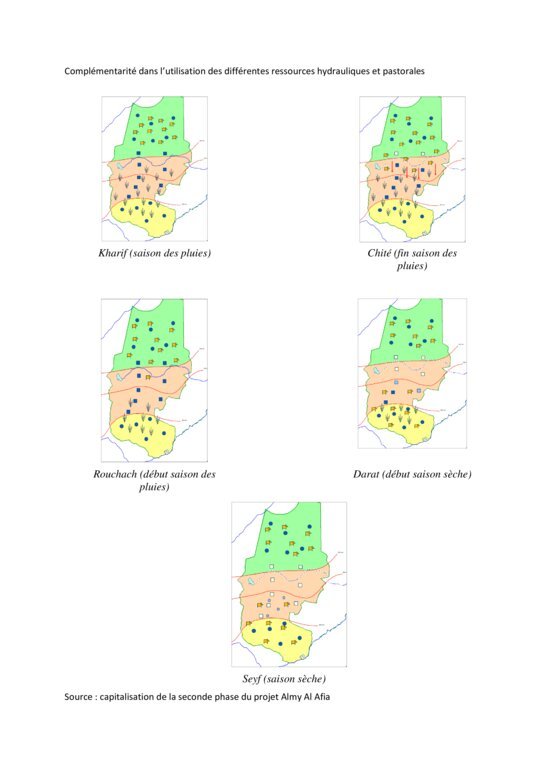
| Опишите затраты | Единица | Количество | Затраты на единицу (FCFA) | Общая стоимость на единицу (FCFA) | % затрат, оплаченных землепользователями |
| Строительные материалы | |||||
| Rehabilitated wells (mean depth 56 m) | 1 | 93,0 | 10497939,0 | 976308327,0 | |
| Geophysical assessment for new wells | 1 | 158,0 | 17979914,0 | 2840826412,0 | |
| Exploration drilling for new wells (mean depth 96 m) | 1 | 220,0 | 6005415,0 | 1321191300,0 | |
| New wells (mean depth 45 m) | 1 | 62,0 | 45145740,0 | 2799035880,0 | |
| Pastoral ponds (6000 m3 on average) | 1 | 31,0 | 23008065,0 | 713250015,0 | |
| Markers (8 signs / km) | 1 | 492,0 | 1069203,0 | 526047876,0 | |
| Другие | |||||
| Outreach on new wells (/site) | 1 | 62,0 | 213428,0 | 13232536,0 | |
| Outreach on rehabilitation (/site) | 1 | 93,0 | 248695,0 | 23128635,0 | |
| Outreach on marking (/km) | 1 | 492,0 | 52088,0 | 25627296,0 | |
| Общая стоимость запуска Технологии | 9'238'648'277.0 | ||||
| Общие затраты на создание Технологии в долларах США | 9'238'648'277.0 | ||||
| Опишите затраты | Единица | Количество | Затраты на единицу (FCFA) | Общая стоимость на единицу (FCFA) | % затрат, оплаченных землепользователями |
| Оплата труда | |||||
| Support missions for the management and maintenance of the water supply structures (2 missions per structure for the entire project) | 1 | 155,0 | 53000,0 | 8215000,0 | |
| Support mission for the management and maintenance of the markings | 1 | 100,0 | 53000,0 | 5300000,0 | |
| Общая стоимость поддержания Технологии | 13'515'000.0 | ||||
| Общие затраты на поддержание Технологии в долларах США | 13'515'000.0 | ||||
Количество до применения УЗП : n/a
Количество после применения УЗП: n/a
Expansion of the areas covered by water supply points. Reduced closure of water supply points (rehabilitation), opening-up of new grazing land, securing the movement of livestock and people.
Количество до применения УЗП : n/a
Количество после применения УЗП: n/a
Preserving the capacity of herders and their families to move, to choose their trajectories rather than responding to imposed conditions.
Количество до применения УЗП : n/a
Количество после применения УЗП: n/a
Upgrading of traditional management systems of water supply structures.
Reduction of the impacts of the concentration of livestock and people in small areas. Promotes the complementary relations between the zones (pressure relief in some zones and use and maintenance of other zones), and over the seasons.
Количество до применения УЗП : n/a
Количество после применения УЗП: n/a
Increased access to groundwater through the rehabilitation of wells and the construction of new wells.